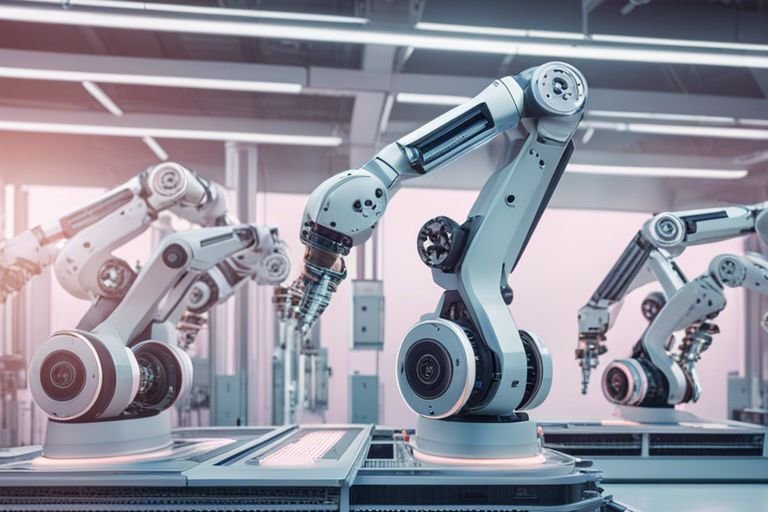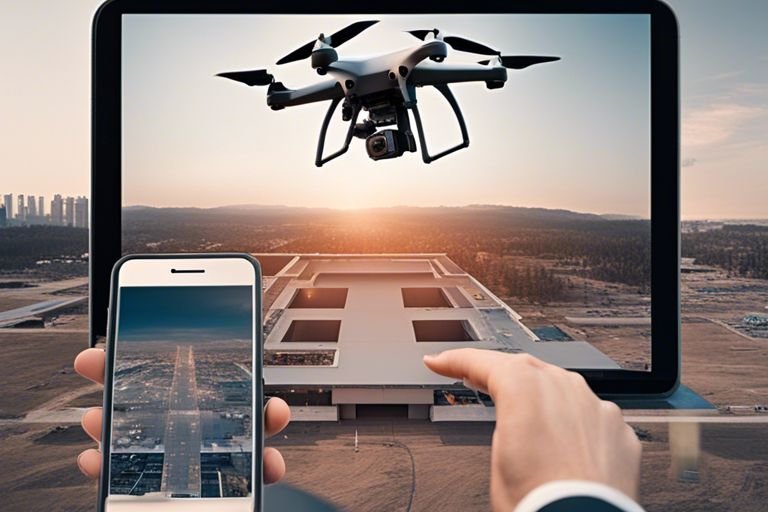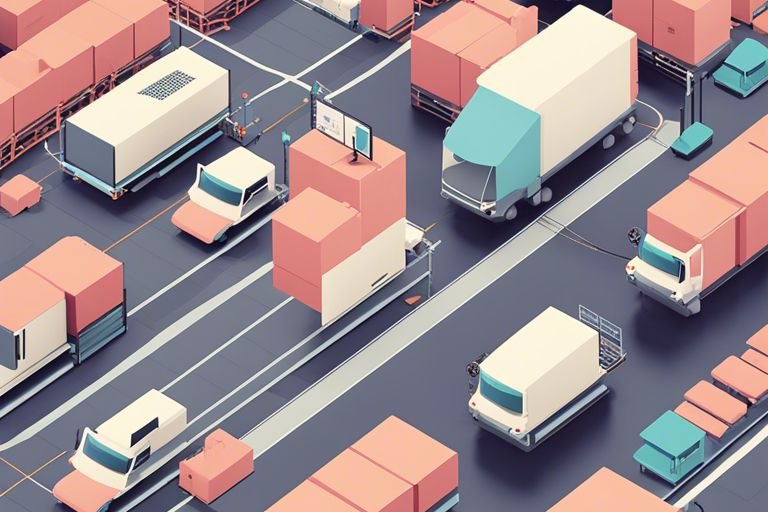How Are IoT Innovations Shaping the Automotive Industry?
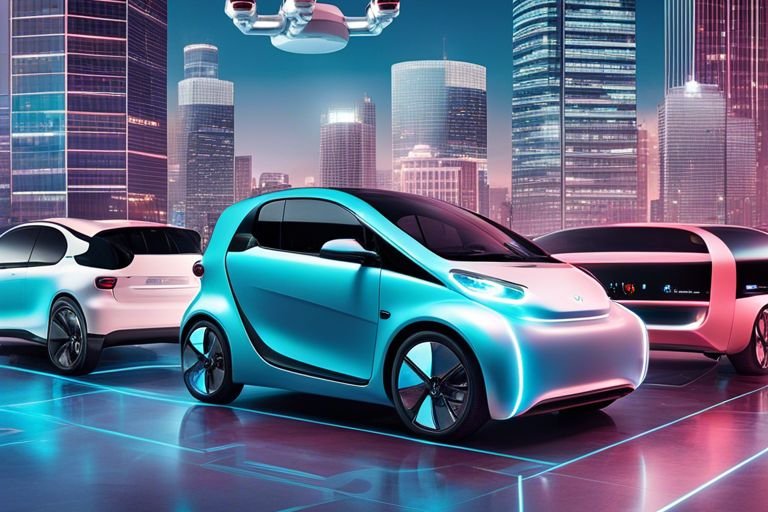
Revolutionary IoT innovations have been making waves in the automotive industry, transforming the way vehicles operate and interact with their surroundings. From connected cars to smart traffic management systems, the Internet of Things (IoT) is redefining the future of transportation. In this blog post, we will explore the impact of IoT on the automotive industry and how these innovations are driving unprecedented advancements in vehicle technology, safety, and efficiency. Get ready to dive into the exciting world of IoT and its game-changing role in shaping the future of automotive engineering.
The Emergence of Connected Cars
For decades, cars have gone beyond being simply modes of transportation and have evolved into sophisticated, connected machines. The emergence of connected cars has revolutionized the automotive industry, paving the way for a host of IoT innovations that have transformed the driving experience.
Vehicle-to-Vehicle (V2V) Communication
One of the most significant advancements in the realm of connected cars is the development of Vehicle-to-Vehicle (V2V) communication technology. This innovation enables vehicles to communicate with one another, sharing vital information such as speed, location, and direction. By doing so, V2V communication enhances road safety by providing drivers with real-time updates on potential hazards and traffic conditions, thereby reducing the risk of accidents.
Vehicle-to-Infrastructure (V2I) Communication
Communication between vehicles and infrastructure, known as Vehicle-to-Infrastructure (V2I) communication, is another groundbreaking development in the automotive industry. This technology allows vehicles to interact with traffic signals, road signs, and other infrastructure, facilitating the smooth flow of traffic and optimizing driving routes. By receiving data from infrastructure, vehicles can adjust their speed and behavior, leading to improved traffic management and overall efficiency on the road.
Vehicle-to-Infrastructure (V2I) Communication plays a crucial role in the advancement of autonomous driving, as it enables vehicles to access real-time information about road and traffic conditions. This technology relies heavily on IoT innovations such as sensors, cloud computing, and data analytics, and has the potential to revolutionize the way we navigate and interact with our urban environments.
Advanced Driver-Assistance Systems (ADAS)
Now, let’s delve into the world of Advanced Driver-Assistance Systems (ADAS), a crucial component of IoT innovations in the automotive industry. ADAS encompasses a plethora of technologies and sensors that work together to enhance vehicle safety, efficiency, and overall driving experience. These systems are designed to assist the driver in the driving process and provide alerts, warnings, and even take over control of the vehicle when necessary. Here’s a breakdown of the various components and their roles within ADAS:
- Sensor Technologies
- Impact on Driver Safety and Convenience
Sensor Technologies
For years, sensor technologies have been at the forefront of ADAS, playing a pivotal role in revolutionizing vehicle safety. The integration of various sensors such as LiDAR, radar, and cameras enables the system to monitor the vehicle’s surroundings, detect obstacles, and anticipate potential collisions. These sensors work in tandem to provide a comprehensive view of the road and assist the driver in making informed decisions. Additionally, the advancements in sensor technologies have paved the way for the development of autonomous driving capabilities, laying the foundation for the future of transportation.
Impact on Driver Safety and Convenience
Systems equipped with ADAS have significantly enhanced driver safety and convenience, ultimately transforming the driving experience. From adaptive cruise control and lane departure warnings to automatic emergency braking and parking assistance, these systems have proven to mitigate the risk of accidents and provide a more comfortable driving environment. Moreover, the integration of ADAS technologies has paved the way for the development of semi-autonomous and autonomous vehicles, ushering in a new era of mobility that prioritizes safety and efficiency.
Sensor technologies within ADAS systems play a pivotal role in ensuring the safety and convenience of drivers. These sensors, including LiDAR, radar, and cameras, work together to provide a comprehensive view of the vehicle’s surroundings and enable advanced features such as automatic emergency braking and adaptive cruise control. With ongoing advancements in sensor technologies, the future of driver assistance systems looks promising, with even more sophisticated capabilities on the horizon.
Autonomous Vehicles and IoT
Unlike traditional vehicles, autonomous vehicles rely heavily on IoT technology to enable various functionalities and capabilities. IoT plays a crucial role in the development and operation of self-driving cars, contributing to their ability to navigate, communicate, and make real-time decisions.
Stages of Vehicle Autonomy
The advancement of autonomous vehicles is typically categorized into several stages, ranging from driver assistance to fully autonomous driving. The progression from level 1 (basic driver assistance) to level 5 (fully autonomous) involves the integration of IoT sensors, connectivity, and artificial intelligence. These technologies enable the vehicle to perceive its environment, process information, and take appropriate action without human intervention.
The Role of IoT in Self-Driving Cars
Stages, such as perception, interpretation, and decision-making, in self-driving cars heavily depend on IoT connectivity and data processing. IoT sensors and cameras provide real-time data about the vehicle’s surroundings, while IoT connectivity allows the car to communicate with other vehicles and infrastructure. These capabilities are essential for enhancing the safety and efficiency of autonomous vehicles, ultimately shaping the future of transportation.
For instance, IoT technology enables self-driving cars to access and analyze a vast amount of data from various sources, including traffic patterns, weather conditions, and road obstacles. This data is then used to make informed decisions and navigate the vehicle autonomously, contributing to the overall safety and reliability of autonomous driving.
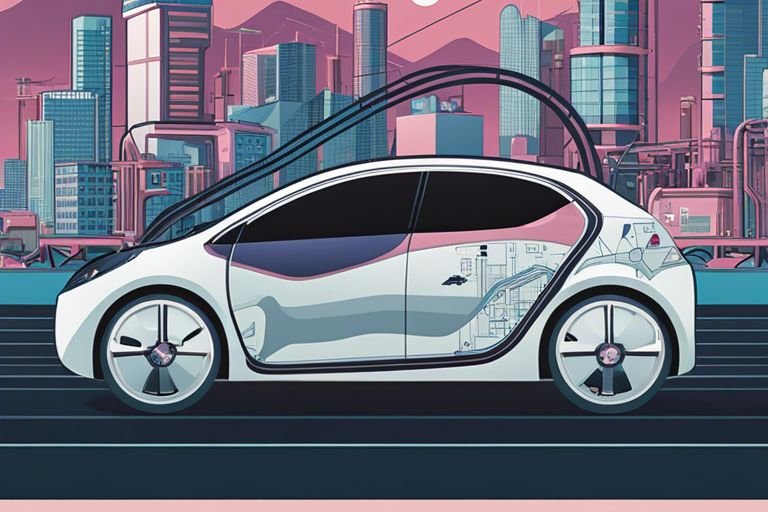
IoT-Driven Business Models and Services
Despite the challenges faced by the automotive industry in recent years, IoT innovations have paved the way for new business models and services that are redefining the way cars are used, maintained, and insured. The integration of IoT technology in vehicles has created opportunities for automakers, insurance companies, and service providers to offer more personalized products and services that cater to the specific needs of individual drivers.
Usage-Based Insurance (UBI)
Business models in the automotive industry are evolving with the introduction of Usage-Based Insurance (UBI), which uses IoT sensors and telematics data to track a driver’s behavior and determine insurance premiums. This innovative approach allows insurance companies to offer personalized policies based on actual driving habits, rather than traditional risk factors such as age, gender, and location. By utilizing IoT technology, insurance providers can better assess and manage risk, while incentivizing safe driving practices among their policyholders.
Predictive Maintenance and Telematics
One of the key advancements in IoT-driven business models and services in the automotive industry is the implementation of predictive maintenance and telematics. By utilizing IoT sensors and connectivity, vehicles can now proactively monitor and analyze their own performance, identifying potential issues before they escalate into costly repairs. This not only improves the reliability and safety of vehicles but also reduces maintenance costs for both consumers and service providers.
This innovative approach to maintenance and telematics is transforming the way vehicles are serviced and maintained, allowing for proactive and data-driven decision-making. By leveraging real-time data from IoT sensors, automotive companies and service providers can streamline their operations, improve customer satisfaction, and optimize the lifespan of vehicles, ultimately leading to a more efficient and sustainable automotive industry.
